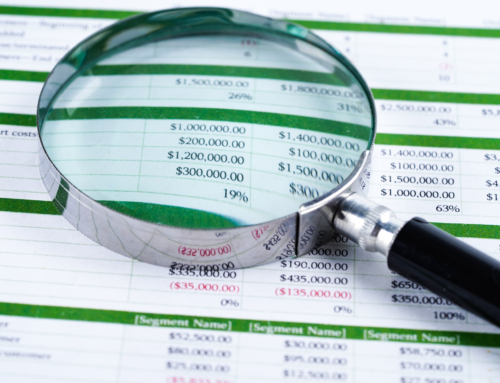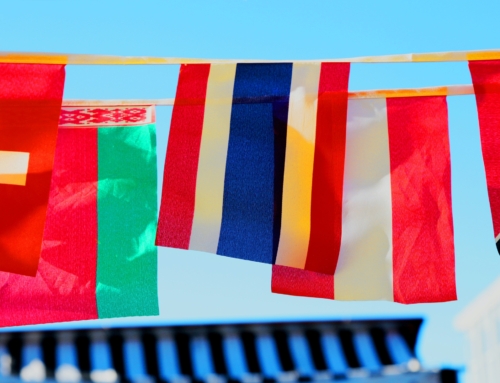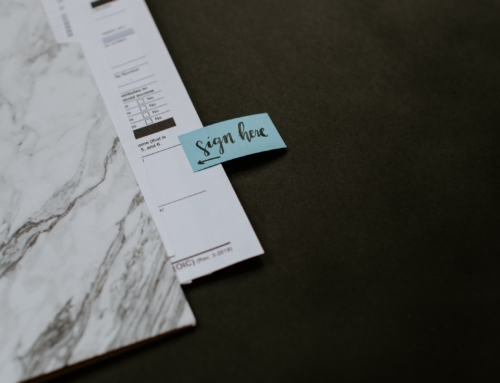You assume the cash you receive for your sale on Facebook marketplace or the bills you pull out to pay for your lunch is worth the amount printed on the face of the bill. But with $82.1M of counterfeit currency estimated to be passed in fiscal year 2018, it is not guaranteed that you can deposit the cash you received into your bank account as you cannot exchange counterfeit currency for a genuine note.
Thus, for individuals and business, identification of counterfeits at the time of exchange is imperative for safeguarding profits.
Detection Methods for Counterfeit Money
With counterfeiting technology becoming more sophisticated, traditional methods of detection may no longer be enough. Bank tellers advise that counterfeit pens are only 25% accurate. The Department of Treasury recommends relying on the security feature included in the bill. For Federal Reserve notes produced in 2004 and later in denominations of $5 and higher these include:
- A watermark of the corresponding president’s face (or the number 5 on $5 notes) on the right side of the bill that can be detected by when held to light.
- Color-shifting ink that shifts from copper to green as the note is tilted 45 degrees.
- A security thread in various positions (left of the portrait in $100 and $20 notes, right of the portrait in $50 and $10 notes) detected by exposure to a UV light.
- Raised ink felt by running your fingers across the bill
- In $100 notes, A 3-D security ribbon with 100 and bells moves side to side as the bill is tilted.
History of Guarding Against Counterfeit Currency
Abraham Lincoln originally authorized the Secret Service to guard the United States economy against counterfeit currency, signing the legislation for its creation the morning of his assassination. Today, Secret Service field agents split their time between criminal investigations of financial crimes, including counterfeiting, and physical protection of leadership and locations. If you suspect a bill you have received is a counterfeit, the Department of Treasury advises:
- Do not put yourself in danger.
- Do not return the bill to the passer.
- Delay the passer with some excuse, if possible.
- Observe the passer’s description – and their companions’ descriptions – and write down their vehicle license plate numbers if you can.
- Contact your local police department OR call your local U.S. Secret Service Office.
- Write your initials and date in the white border area of the suspected counterfeit note.
- DO NOT handle the counterfeit note. Place it inside a protective cover, a plastic bag, or envelope to protect it until you place it in the hands of an IDENTIFIED Secret Service Agent.
- Surrender the note or coin ONLY to a properly identified police officer or a Secret Service Special Agent or mail it to your nearest U.S. Secret Service field office.
| Courtney Reese, CPA, is a Senior Analyst for Abacus CPAs, LLC in the Accounting Services Department. She is excellent in situations that require strategic organization of information. She sets priorities and puts them into appropriate sequences and talent with both strategies and tactics makes her essential to any massive effort. Courtney’s hobbies include paddle boarding, hiking, and reading. |










